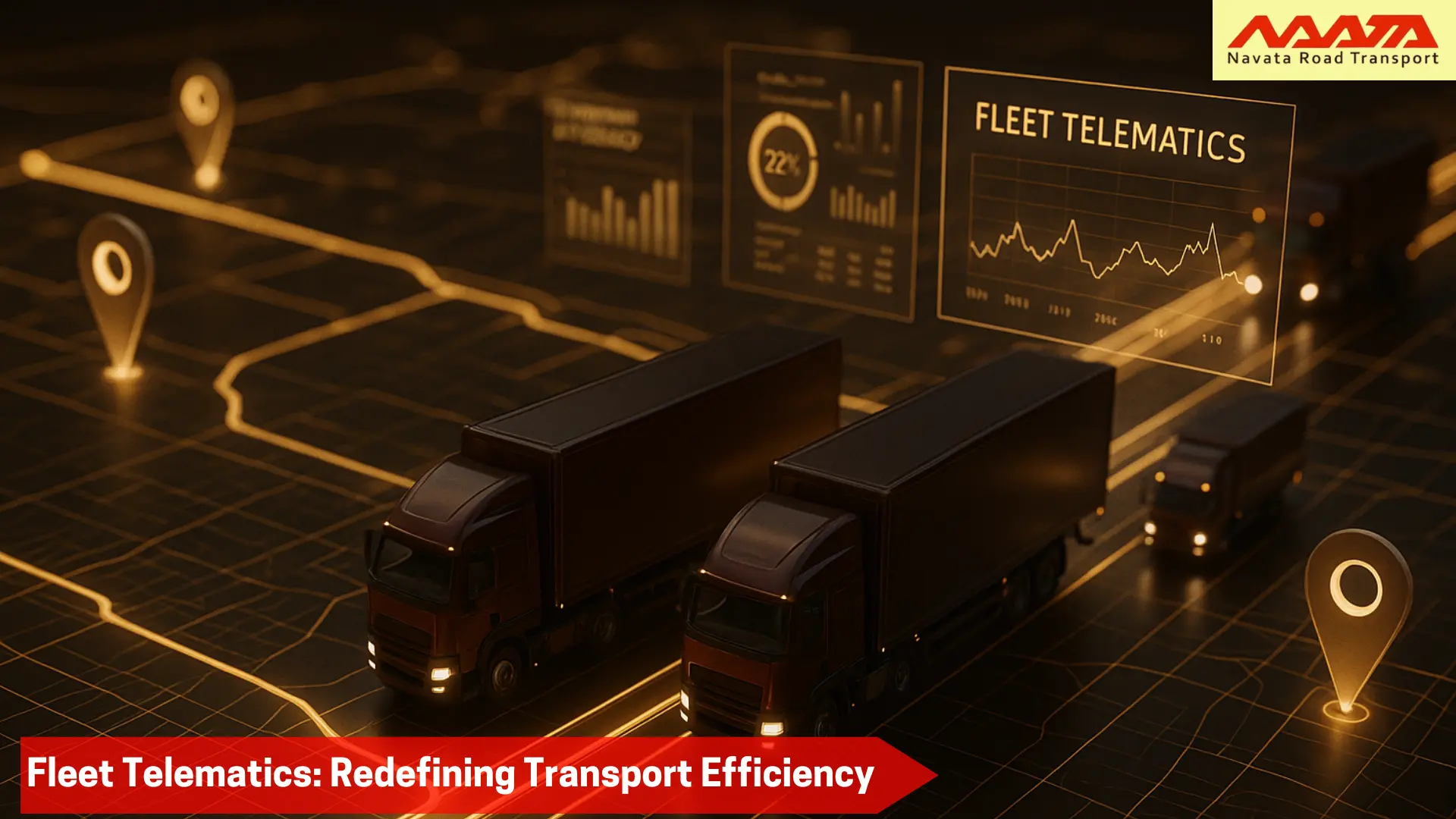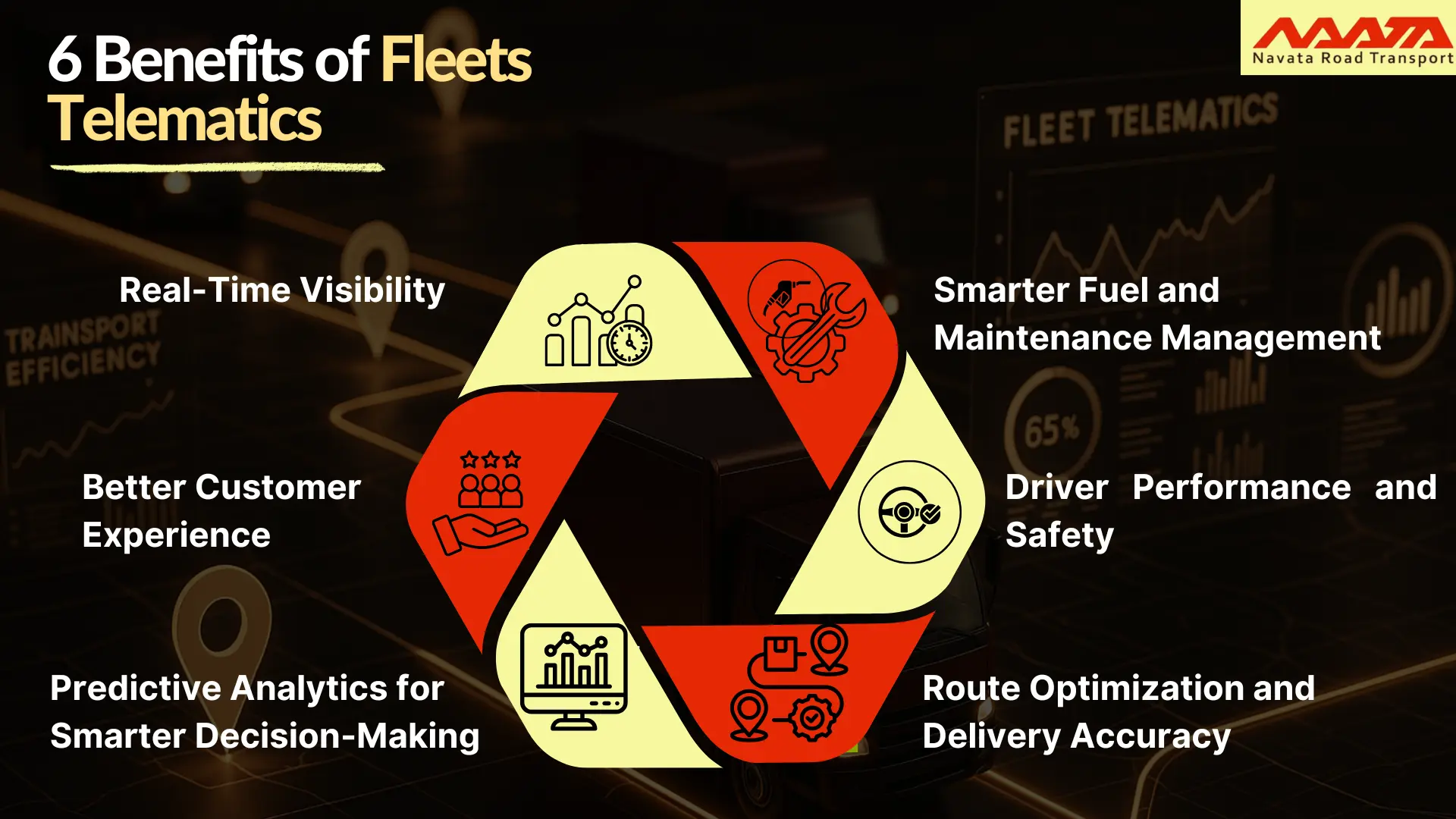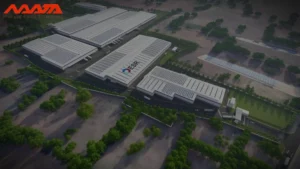
Fleet Telematics: Data-Driven Insights Redefining Transport Efficiency
Table of Contents
Driving Efficiency Through Connected Fleets
In modern logistics, data is the new fuel — powering smarter, faster, and more efficient transport operations. Fleet telematics technology is at the heart of this transformation, giving logistics managers real-time visibility, predictive insights, and performance control across every vehicle on the road.
By combining GPS tracking, IoT sensors, and analytics, fleet telematics turns raw data into actionable intelligence — redefining how fleets operate, optimize routes, reduce costs, and ensure safety.

What Is Fleet Telematics?
Fleet Telematics is the integration of communication, tracking, and analytics technologies to monitor and manage vehicle performance in real time.
It collects data from onboard sensors — including speed, fuel usage, location, and driver behavior — and transmits it to a centralized platform for analysis.
This helps logistics teams make data-driven decisions to enhance operational efficiency, reduce downtime, and improve delivery performance.
1. Real-Time Visibility Across Fleet Operations
Fleet telematics provides end-to-end visibility into every vehicle’s location, route, and performance metrics.
Managers can track live movements, monitor delays, and reroute vehicles proactively to meet delivery deadlines.
Benefits include:
- Live GPS tracking for all fleet vehicles
- Instant alerts for deviations or idle time
- Better driver accountability
- Enhanced transparency across supply chain operations
Real-time tracking ensures that nothing goes unnoticed — from route performance to on-road challenges.
2. Smarter Fuel and Maintenance Management
Fuel and maintenance costs make up nearly 60% of fleet expenses. Telematics systems help reduce both by identifying waste patterns and predicting service needs before breakdowns occur.
Data-driven savings:
- Tracks fuel usage, idling, and mileage patterns
- Detects engine issues early with IoT sensors
- Schedules predictive maintenance to reduce downtime
- Optimizes driving behavior to conserve fuel
The result is fewer breakdowns, lower operating costs, and longer vehicle lifespan.
3. Enhanced Driver Performance and Safety
Fleet telematics empowers companies to monitor driver habits such as harsh braking, speeding, and over-idling.
This helps in promoting safer driving practices and creating accountability.
Key advantages:
- AI-based driver scorecards and feedback
- Real-time alerts for unsafe behavior
- Reduced accident risks and insurance costs
- Compliance with safety regulations
By turning driver data into insights, telematics ensures a culture of responsibility and safety on every trip.
4. Improved Route Optimization and Delivery Accuracy
Integrating telematics data with route optimization software enables dynamic route planning.
The system automatically reroutes vehicles based on traffic, weather, and delivery priorities.
Efficiency benefits:
- Real-time rerouting to avoid congestion
- Shorter delivery times and higher accuracy
- Reduced idle time and fuel consumption
- Higher on-time delivery rates
Telematics ensures every trip is optimized for speed, cost, and reliability.
5. Predictive Analytics for Smarter Decision-Making
Fleet telematics systems are evolving with AI and machine learning, enabling predictive analytics that anticipate trends rather than just report them.
Predictive capabilities include:
- Forecasting maintenance schedules
- Identifying recurring inefficiencies
- Analyzing route performance trends
- Enabling data-backed decision-making
With predictive insights, fleet managers move from reactive problem-solving to strategic fleet optimization.
6. Better Customer Experience and Operational Control
Customers expect transparency and reliability. Telematics supports both by providing accurate ETAs, real-time updates, and delivery proofs.
Business advantages:
- Real-time shipment tracking for customers
- Instant alerts for delays or route changes
- Integration with CRM and logistics management systems
- Improved service quality and customer trust
A connected fleet means smarter coordination, faster responses, and happier customers.

The Future of Transport Efficiency
As logistics grows more data-driven, Fleet Telematics will remain central to achieving sustainable, efficient, and scalable operations.
With advances in AI, IoT, and cloud analytics, the next generation of telematics will enable autonomous decision-making and full visibility across multimodal transport networks.
The future of transport efficiency is connected, intelligent, and predictive — and it starts with telematics.
Thank You For Reading: Fleet Telematics: Data-Driven Insights Redefining Transport Efficiency
Powered By 360Presence







